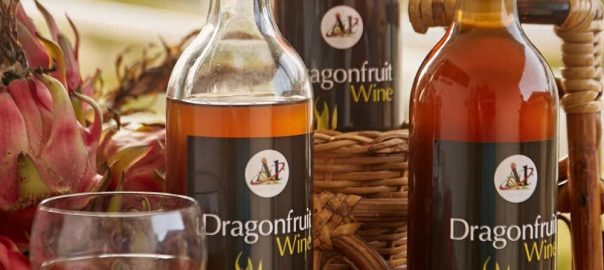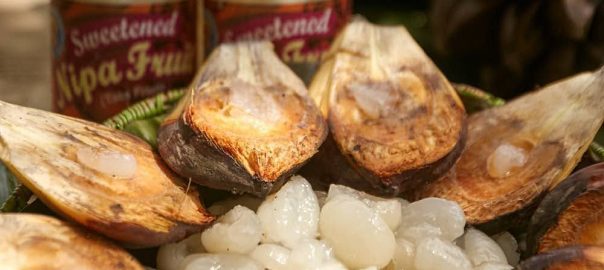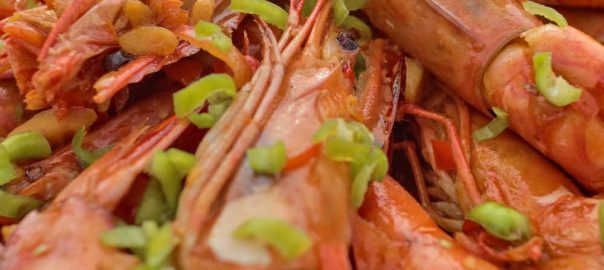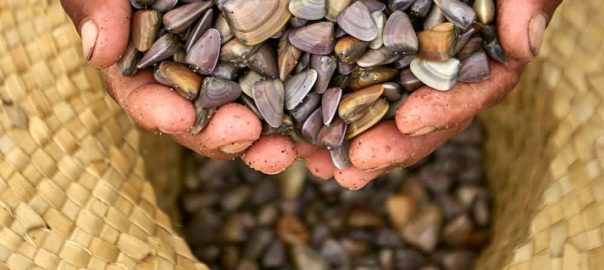Abulug is also home to the oldest Santo Entierro in the province. The Santo Entierro refers to the image of the dead Jesus Christ.
The venerated image is usually dressed in garment made of finest silk or softest velvet with ornate embellishments like laces and lace trims, gimp, and beaded or sequined trims that take the floral patterns or religious symbols.
The dragon fruit is already delightful in its natural form. It has vitamins, minerals and antioxidants.
While we enjoy the raw dragon fruit as a snack or dessert, the farmers take the dragon fruit a notch higher. Processing the fruit not only keeps the excess fruit from being wasted as its ‘waste’ can also become another dragon fruit product.
Turned to wine, this value-adding process generates more profit for the farmer-entrepreneurs. Locals and visitors enjoy dragon fruit as wine, fruit preserves, and vinegar.
The estuary and the swamp along river teem with nipa grove. The abundance of nipa makes it possible for Abulug to perfect its tradition and practice in tata winemaking.
Entrepreneurial souls who partner with the local and national government agencies enable them to produce other non-traditional nipa products. Abulug offers locals and travelers palm vinegar and sweet kaong.
With the river and the sea, the town of Abulug is a food basket on its own. Several shrimp and prawn farms along the river have made Abulug one of the known seafood centers in Northern Cagayan.
At every feast and special occcasion, plates of seafood take the centerpiece of the spread. When in Abulug, partaking in the seafood feast is another mouth-watering experience one must never miss.
Eating the diminutive, but savory gakka is like a pastime. It has been a practice for many generations in this part of Cagayan. Fisherfolks gather gakka on the shallow seawaters using a tako, a wooden pole with a scraper, or a scoop made of bamboo or metal wire woven into a mesh resembling a basket, serves as a filter or strainer.
The shell gatherers scrape the bottom of the sea with the mesh that filters the gakka shells and separates them from the sand.
Kutim is the way Abulugueños consume gakka. It involves cracking the gakka with the teeth, akin to nibbling on a watermelon or squash seeds.









